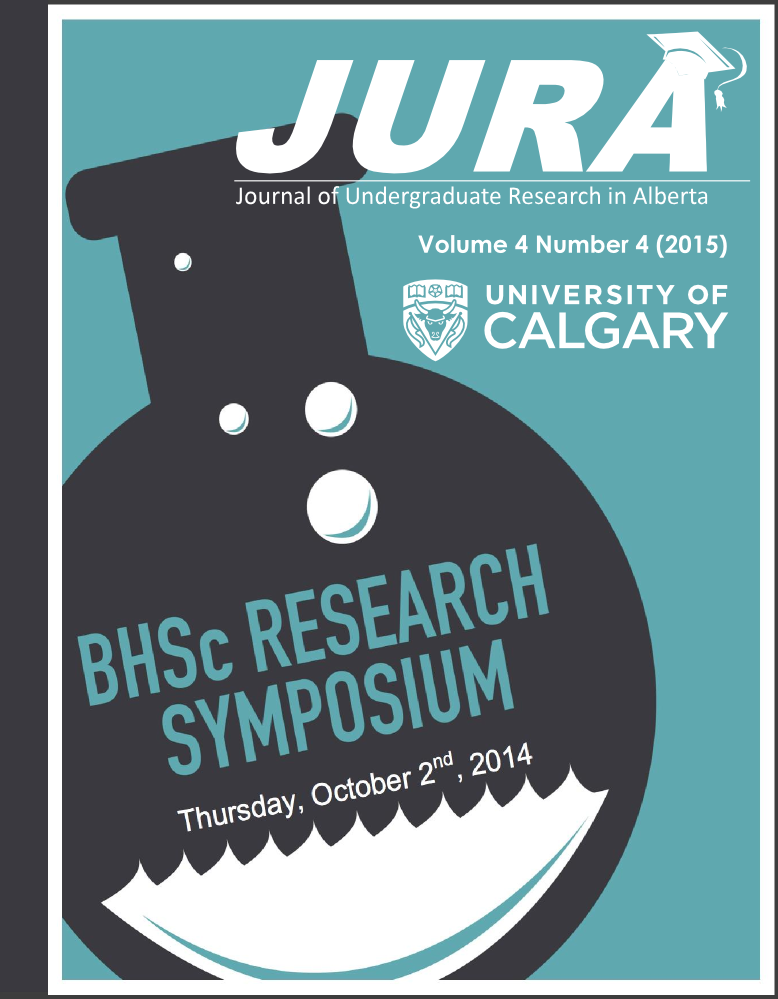DELAYS IN DIAGNOSIS OF NEPHROTIC SYNDROME IN CHILDREN
Keywords:
nephrotic syndrome, diagnostic delayAbstract
INTRODUCTION
Nephrotic syndrome is a common childhood acquired kidney disease, characterized by proteinuria and edema. It can have a variety of complications, including thromboembolic events and end-stage renal failure. Despite knowledge of symptoms, treatment and complications, the clinical experience of nephrologists at the Alberta Children’s Hospital suggests that there are delays in diagnosis and mistakes in treatment, due to the relative non-specificity of the symptoms. Delays and mistakes in treatment could have consequences including increased complications, higher costs of treatment and alteration of the clinical course of the syndrome. As it is unclear why these errors occur, it is important to determine what factors impact delays in diagnosis, whether or not any of these factors are modifiable and what actions could be taken to avoid misdiagnoses and delays. The objective of this study was to determine what healthcare use occurred prior to diagnosis of nephrotic syndrome to see what factors impact delays in diagnosis and whether these factors are modifiable.
METHODS
The study design was a phone or in-person survey, approximately 15 minutes in length, conducted with the legal guardians of children between the ages of 1 and 18 who have been diagnosed with nephrotic syndrome in the Calgary area and have been seen at the Alberta Children’s Hospital Nephrology Clinic within the past 12 months. The survey was composed of 3 sections, examining patient level variables, healthcare history, and information specific to the family.
RESULTS
The study showed a diagnosis delay range of 1 day to approximately 110 days. All families reported that once a urine test was completed, a correct diagnosis was obtained. A total of 12 participants were included, with an age range 2.8-11.4 years. The majority of the participants were male, had no pre-existing food allergies, and came from a family where the combined household income before taxes was greater than $100,000. Additionally, participants were of varying ethnic origins. When comparing number of visits to specific healthcare locations and number of wrong diagnoses given, results showed a high rate of diagnostic success in the ER: 11% of patients were given a wrong diagnosis. In contrast, family doctor achieved a low rate of diagnostic success: 100% of patients were given a wrong diagnosis. These wrong diagnoses varied, including constipation and pink eye, but the most common error was diagnosis of allergies, which constituted 61% of faulty diagnoses.
DISCUSSION AND CONCLUSIONS
Nephrotic syndrome is commonly misdiagnosed by family doctors, resulting in delayed treatment. Given the results that diagnostic success was high in the ER, where a urinalysis was almost always used, the low rate of successful diagnosis by family doctors can be avoided. There appears to be a need to further educate physicians on the importance of using a urine analysis. Furthermore, future research may explore the value of tools as a reminder to physicians and families that symptoms such as puffy eyes can be indicator of nephrotic syndrome and not necessarily allergies.
Downloads
Additional Files
Published
Issue
Section
License
Authors retain all rights to their research work. Articles may be submitted to and accepted in other journals subsequent to publishing in JURA. Our only condition is that articles cannot be used in another undergraduate journal. Authors must be aware, however, that professional journals may refuse articles submitted or accepted elsewhere—JURA included.


